A revolutionary nanomaterial with huge potential to tackle multiple global challenges could be developed further without acute risk to human health, research suggests.
Tag: Nanomaterial
Making Big Leaps in Understanding Nanoscale Gaps
Creating novel materials by combining layers with unique, beneficial properties seems like a fairly intuitive process—stack up the materials and stack up the benefits.
Nanomaterial Boosts Potency of Coronavirus Disinfectants
Enhanced disinfectant is two-to-four times more effective in neutralizing pathogen threat
Skyrmions on the Rise – New 2D Material Advances Low-Power Computing
A team co-led by Lawrence Berkeley National Laboratory has discovered a new ultrathin material with exotic magnetic features called skyrmions. The new material could enable the next generation of tiny, fast, energy-efficient electronic devices.

Fluorescent dot synthesis gets an eco-friendly “glow up”
Fluorescent “dots”–that is, tiny particles that can emit light–have a multitude of promising biomedical applications, yet making such dots is usually a long, tedious process that uses harsh chemicals. Now, researchers are developing a fluorescent dot that is not only easier to make, but uses eco- friendly materials.
Stretching the capacity of flexible energy storage (video)
Researchers in ACS’ Nano Letters report a flexible supercapacitor with electrodes made of wrinkled titanium carbide — a type of MXene nanomaterial — that maintained its ability to store and release electronic charges after repetitive stretching.
New Study Shows How Engineered Nanomaterials Degrade, Persist in Environment
A new study published today in the journal Environmental Science & Technology finds that exposing certain nanomaterials to light can influence their environmental transformation, fate and, ultimately, their toxicity.
What if We Could Give Viruses a One-Two Punch?
Researchers at Stanford and Berkeley Lab’s Molecular Foundry have developed virus-killing molecules called peptoids. The technology could make possible an emerging category of antiviral drugs that could treat everything from herpes and COVID-19 to the common cold.
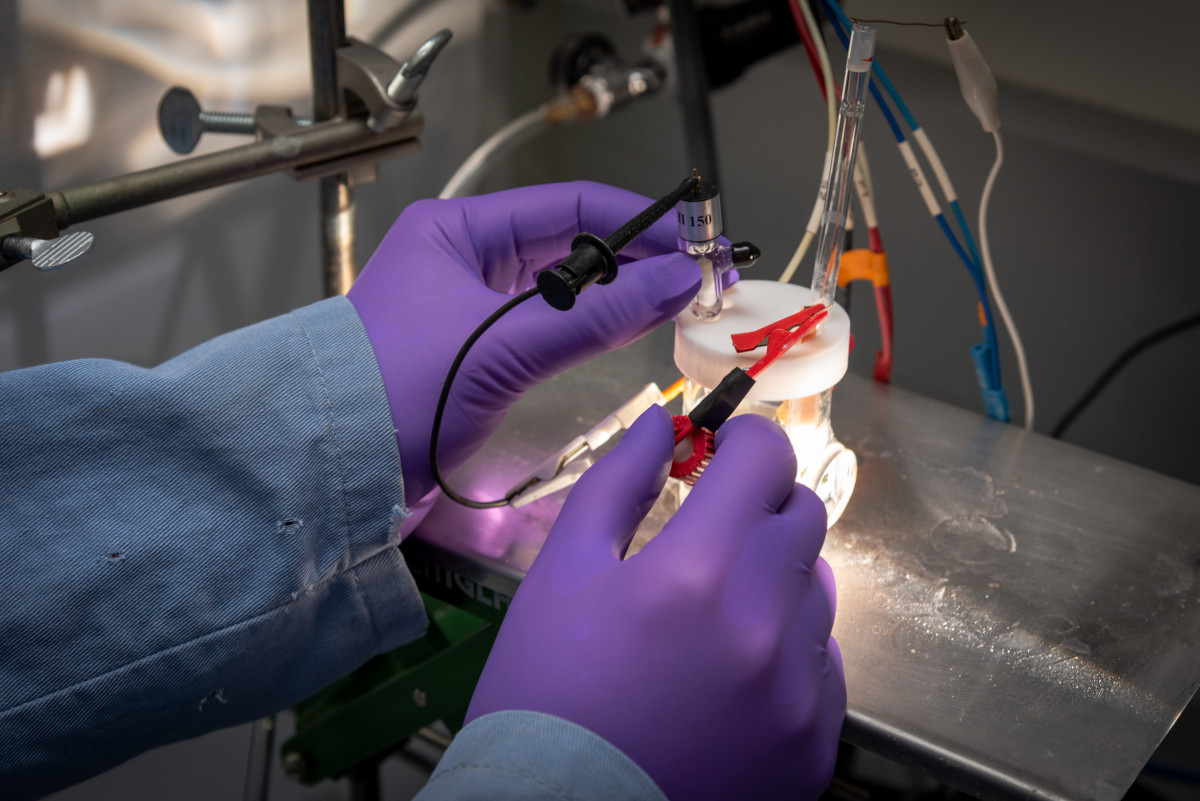
This hydrogen fuel machine could be the ultimate guide to self improvement
Scientists at Berkeley have uncovered an extraordinary self-improving property that transforms an ordinary semiconductor into a highly efficient and stable artificial photosynthesis device
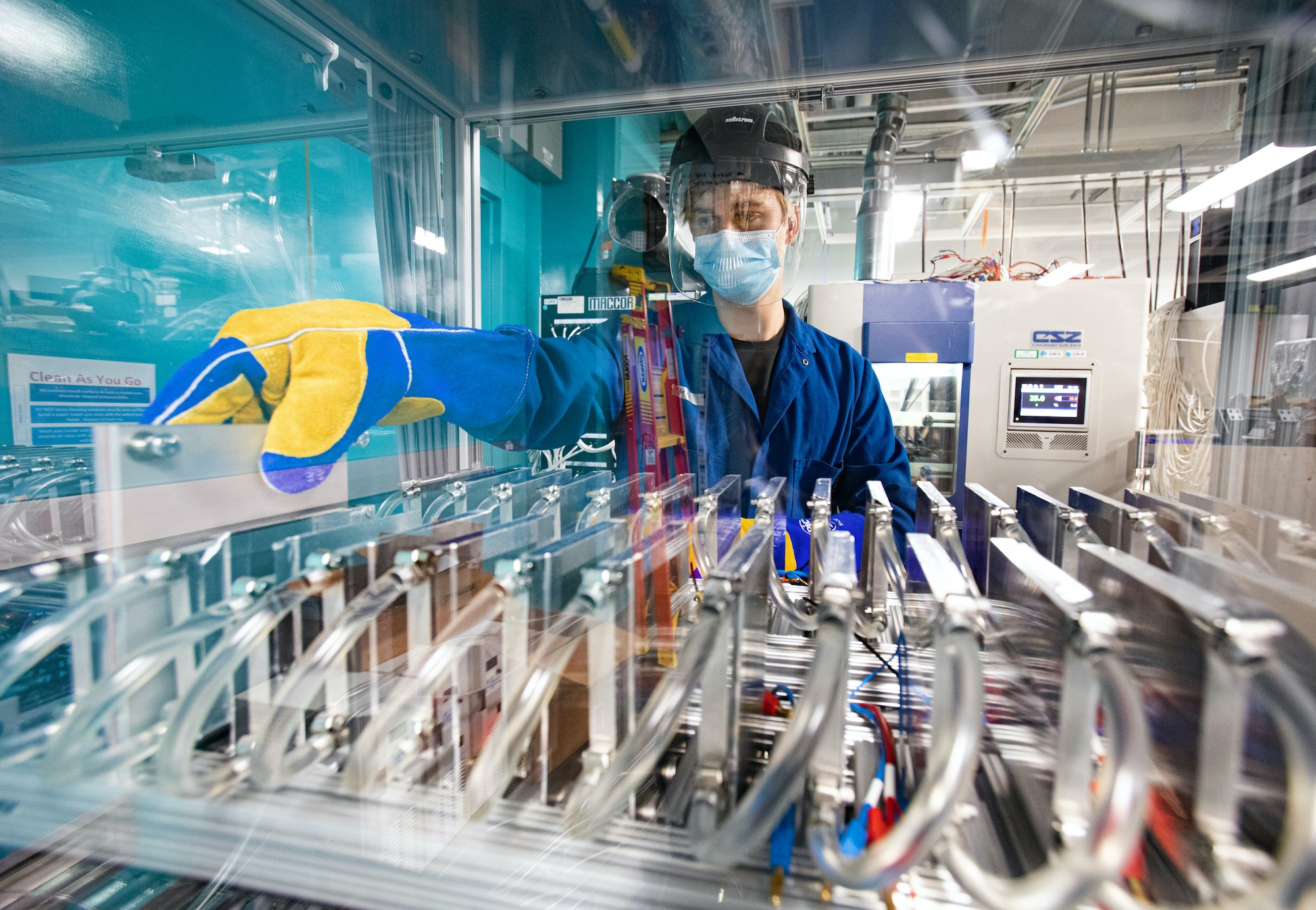
April Snapshots
Science Snapshots from Berkeley Lab: X-rays accelerate battery R&D; infrared microscopy goes off grid; substrates support 2D tech
Revealing Nano Big Bang – Scientists Observe the First Milliseconds of Crystal Formation
At Berkeley Lab’s Molecular Foundry, scientists recruited a world-leading microscope to capture atomic-resolution, high-speed images of gold atoms self-organizing, falling apart, and then reorganizing many times before settling into a stable, ordered crystal.
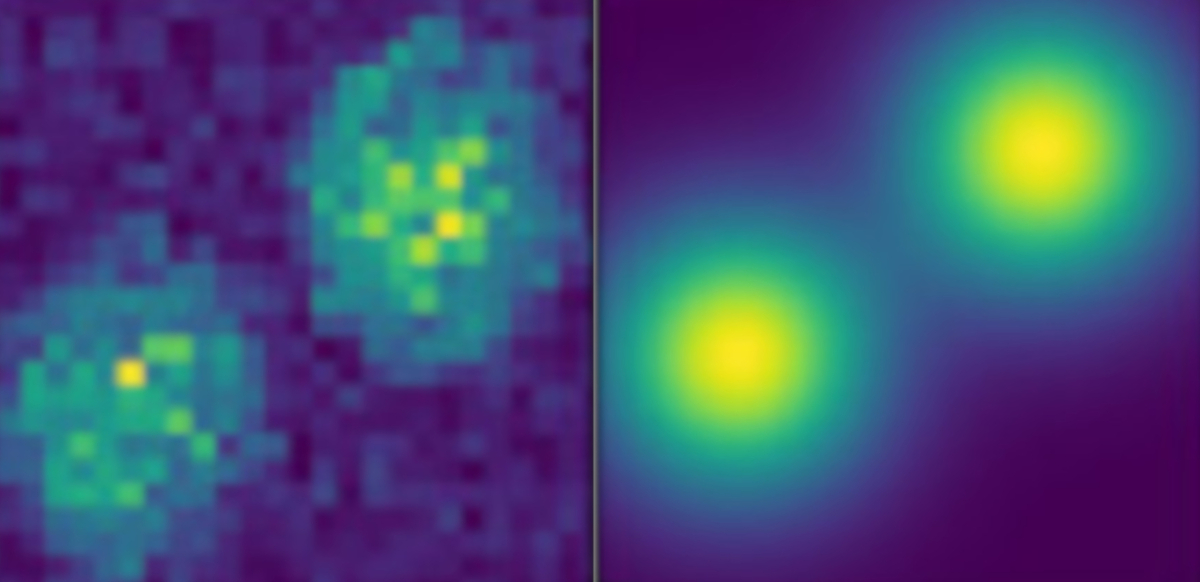
Shine On: Avalanching Nanoparticles Break Barriers to Imaging Cells in Real Time
A team of researchers co-led by Berkeley Lab and Columbia University has developed a new material called avalanching nanoparticles that, when used as a microscopic probe, offers a simpler approach to taking high-resolution, real-time snapshots of a cell’s inner workings at the nanoscale.
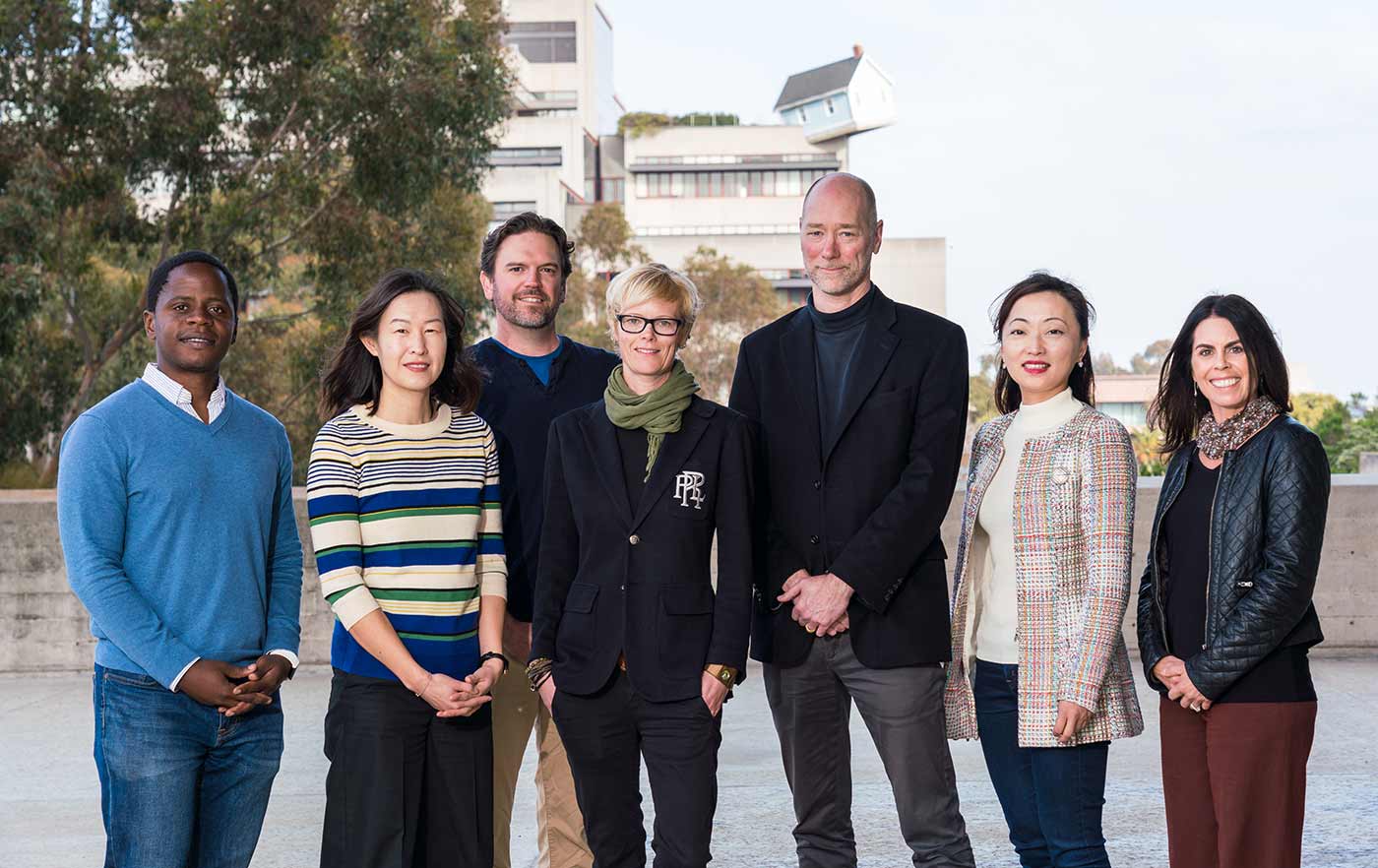
$18M Boost to Materials Science Research at UC San Diego
The National Science Foundation has awarded University of California San Diego researchers a six-year $18 million grant to fund a new Materials Research Science and Engineering Center (MRSEC).
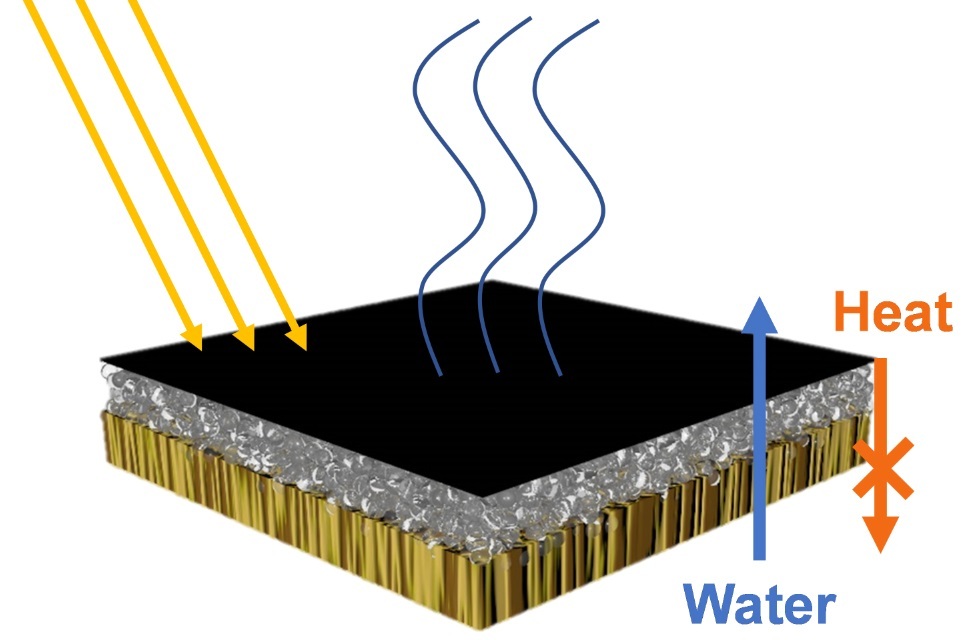
Purifying water with the help of wood, bacteria and the sun
Researchers reporting in Nano Letters have developed a wood-based steam generator that, with the help of bacterial-produced nanomaterials, harnesses solar energy to purify water.

NUS researchers develop a new library of atomically thin 2D materials
Researchers from the National University of Singapore have created a new collection of atomically thin two-dimensional materials. Using novel synthesis conditions for transition metal dichalcogenides, more than 10 new materials have been made by the team, with many more still to be discovered.
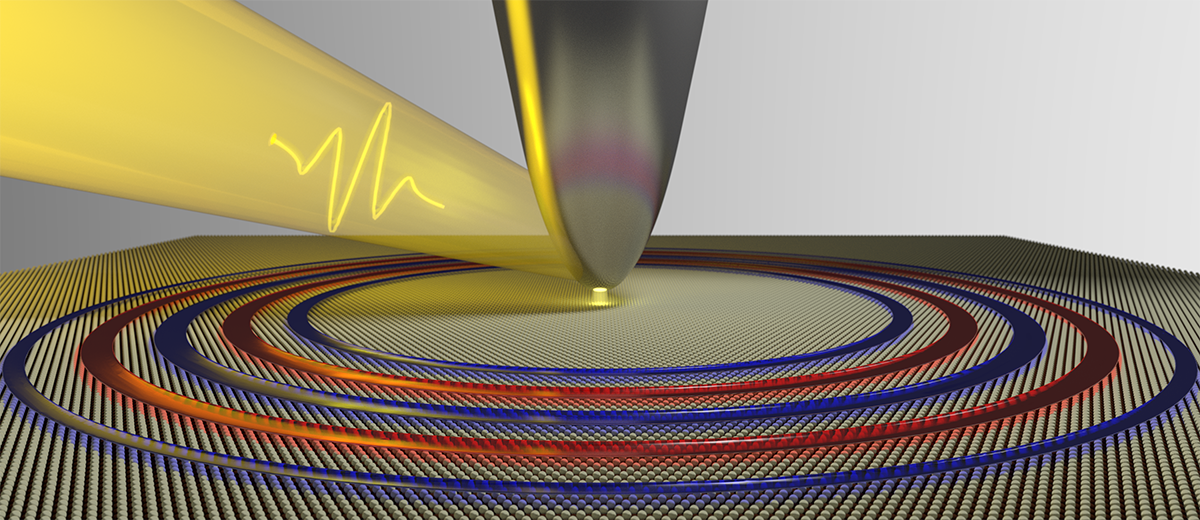
Making Quantum ‘Waves’ in Ultrathin Materials
A team of researchers co-led by Berkeley Lab has observed unusually long-lived wavelike electrons called “plasmons” in a new class of electronically conducting material. Plasmons are very important for determining the optical and electronic properties of metals.

Electronics for high-altitude use can get smaller and sturdier with new nanomaterials
Demand is growing for new materials that can be printed at ever smaller dimensions. Scientists are now creating metal-based nanomaterials for circuit boards that could be resistant to high-altitude radiation encountered by aerospace equipment and fighter jets.